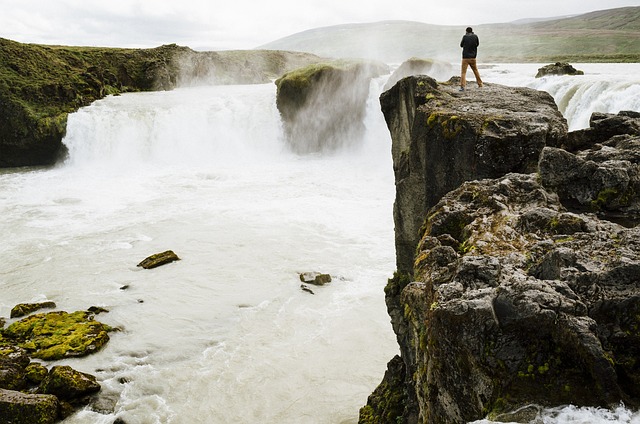
In the world of backpacking, having the right gear and essentials can make or break your outdoor adventure.
This article presents a comprehensive guide to the top 8 backpacking essentials, including a gear checklist, tips for staying hydrated, advice on food and nutrition, safety equipment recommendations, clothing suggestions, navigation strategies, insights on first aid kits, and tips for choosing the right shelter.
Whether you're a seasoned backpacker or a novice adventurer, this article will provide you with the knowledge and tools you need for a successful trip.
Gear Checklist
When preparing for a backpacking trip, it is essential to create a comprehensive gear checklist to ensure you have all the necessary equipment and supplies. One of the most important items to include on your gear checklist is a portable stove or camping stove.
These stoves are a vital tool for cooking meals and boiling water while on the trail. They are lightweight and compact, making them easy to carry in your backpack. Portable stoves come in various sizes and fuel types, such as gas, propane, or liquid fuel. It is important to choose a stove that suits your needs and the duration of your trip.
Additionally, don't forget to pack extra fuel canisters or fuel bottles to ensure you have enough fuel for your entire journey. A reliable portable stove will provide you with the freedom to cook delicious meals and enjoy hot drinks even in remote locations.
Hydration
To ensure proper hydration during your backpacking trip, it is crucial to prioritize carrying an adequate supply of water and utilizing effective hydration methods. Here are some key considerations to keep in mind:
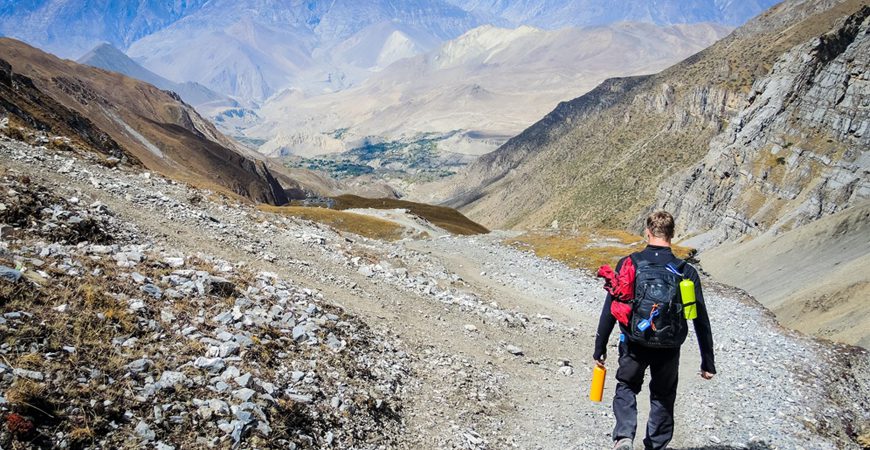
Water purification: When backpacking, it is essential to have a reliable water purification system to ensure your water is safe to drink. Options include water filters, chemical treatments, or ultraviolet light devices. Choose the method that suits your preferences and the water sources you may encounter.
Electrolyte balance: Sweating during physical activity can lead to electrolyte imbalances. To maintain optimal hydration levels, consider carrying electrolyte supplements or packs, which can replenish vital minerals such as sodium, potassium, and magnesium. These supplements come in various forms, including tablets, powders, and liquids.
Food and Nutrition
When embarking on a backpacking adventure, it is crucial to have the right food and nutrition plan in place.
Portable meal options are essential to ensure that you have enough sustenance throughout your journey. Nutrient-dense snacks will provide the necessary energy and nourishment, while hydration strategies will help you stay properly fueled and hydrated during your outdoor expedition.
Portable Meal Options
As backpacking requires careful consideration of food and nutrition, it is essential to explore portable meal options. These meals come in a range of flavors and offer a balanced mix of nutrients to keep you energized on the trail. There are a variety of freeze-dried and dehydrated meals available that are lightweight, easy to pack, and require minimal preparation.
When it comes to campfire cooking, lightweight stoves are a great option for backpackers looking to prepare hot meals on the go. These stoves are compact, easy to carry, and can be fueled by various sources such as gas canisters or liquid fuel. They provide a convenient way to boil water or cook food quickly, ensuring you have a hot and satisfying meal after a long day of hiking.
Whether you prefer to cook over a campfire or use a lightweight stove, there are plenty of portable meal options to suit your backpacking needs.

Nutrient-Dense Snacks
Nutrient-dense snacks are an essential component of backpacking food, providing fuel and sustenance for hikers on the trail. When choosing snacks for your backpacking adventure, it is important to prioritize healthy options that will keep you energized throughout the day.
One popular choice among backpackers is energy bars. These compact and convenient snacks are packed with essential nutrients and calories, making them an ideal choice for long hikes. Look for energy bars that are made with whole, natural ingredients such as nuts, seeds, and dried fruits.
These bars not only provide a quick source of energy but also deliver important vitamins, minerals, and antioxidants. Additionally, they are lightweight and easy to pack, making them a perfect on-the-go snack for your backpacking trip.
Hydration Strategies
Backpackers must prioritize proper hydration to ensure optimal performance and endurance on the trail, making it crucial to develop effective hydration strategies. Here are some key strategies to keep in mind:
Water purification: When backpacking, it's essential to have access to clean drinking water. Carry a water filter or purifier to remove harmful bacteria and contaminants from natural water sources, ensuring you stay hydrated without risking waterborne illnesses.
Electrolyte supplements: Sweating during long hikes can lead to electrolyte imbalances, causing fatigue and muscle cramps. To replenish electrolytes, consider carrying electrolyte supplements or sports drinks that provide essential minerals like sodium, potassium, and magnesium. These supplements help maintain fluid balance and enhance your performance on the trail.
Safety Equipment
When embarking on a backpacking adventure, it is crucial to equip yourself with the necessary safety equipment. Safety equipment is an essential component of emergency preparedness and can help protect you in case of unforeseen circumstances.
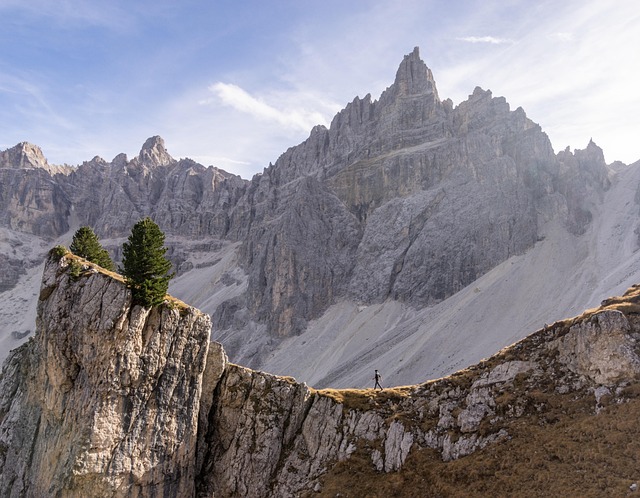
The first item on your safety equipment checklist should be a reliable first aid kit. This kit should include bandages, antiseptic wipes, pain relievers, and any necessary medications.
Another important piece of safety equipment is a headlamp or flashlight, which will ensure that you have visibility during nighttime or in dark situations.
Additionally, carrying a whistle is recommended as it can help you attract attention in case of an emergency.
Lastly, a multi-tool or pocket knife can come in handy for various tasks, such as cutting rope or opening cans.
Clothing
Proper clothing is a vital aspect of backpacking, ensuring comfort and protection throughout your adventure. When it comes to clothing, there are several factors to consider, such as layering options and weather considerations. Here are some key points to keep in mind:
Layering options:
Base layer: Opt for moisture-wicking fabric that keeps you dry and comfortable.

Insulating layer: Choose lightweight and warm materials like fleece or down.
Weather considerations:
Research the climate and terrain of your destination to determine the appropriate clothing.
Pack a waterproof and breathable outer layer to shield you from rain and wind.
Selecting the right hiking shoes:
Invest in sturdy, comfortable hiking shoes that provide ankle support and traction.
Consider the terrain and weather conditions to determine whether you need waterproof or lightweight shoes.
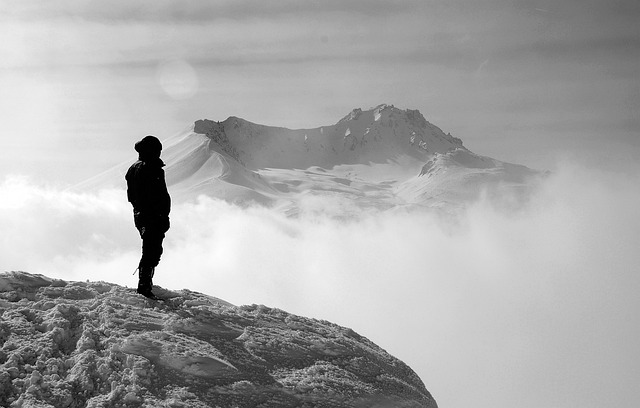
Packing lightweight and quick-drying clothes:
Choose lightweight materials like nylon or polyester to minimize the weight of your backpack.
Opt for quick-drying clothes to stay comfortable even if you encounter unexpected rain or sweat.
Navigation
Navigation is a crucial aspect of backpacking, ensuring that you can confidently navigate through unfamiliar terrain and reach your destination safely. When exploring backcountry trails, it's essential to have the right tools to guide you.
One of the most valuable navigation tools is a GPS device. These devices use satellite technology to pinpoint your location, allowing you to track your progress and ensure you're on the right path. GPS devices provide detailed maps and waypoints, making it easier to navigate through rugged landscapes and dense forests. They also allow you to mark important locations, such as water sources or campsites, for future reference.
With a GPS device in hand, you can have the freedom to explore new trails with confidence, knowing that you'll never get lost.
First Aid Kit
Another crucial item to have in your backpacking gear is a well-stocked first aid kit. When exploring the great outdoors, accidents can happen, and having the necessary first aid supplies can make a significant difference in providing emergency medical care. Here are two important sub-lists to consider when assembling your first aid kit:
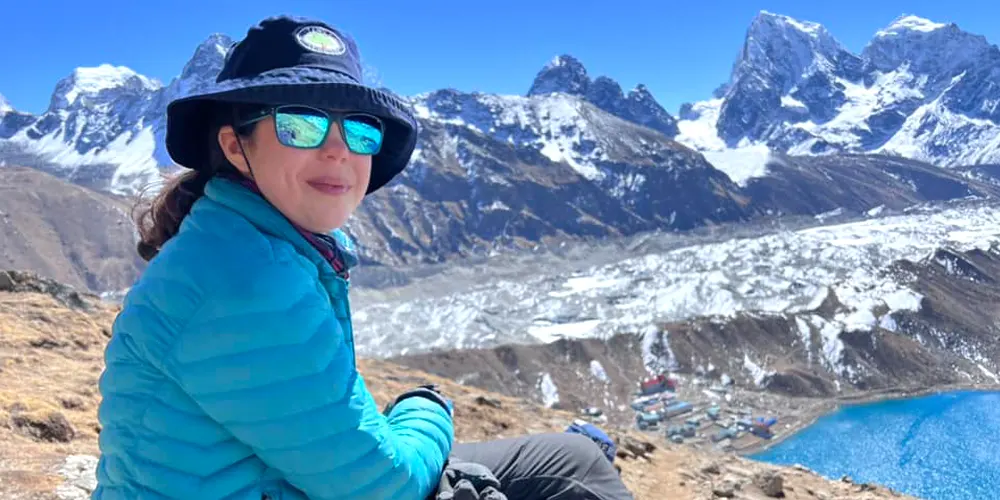
Essential First Aid Supplies:
- Adhesive bandages in various sizes to cover cuts and blisters.
- Sterile gauze pads and adhesive tape for wound dressing.
- Antiseptic wipes or solution for cleaning wounds.
- Tweezers and small scissors for removing splinters or cutting bandages.
- Pain relievers, such as ibuprofen or acetaminophen, for minor aches and pains.
- Antihistamines for allergic reactions.
- Disposable gloves and a CPR mask for personal protection.
Additional Emergency Medical Care:
- Emergency blanket to help with hypothermia or shock.
- Moleskin for preventing and treating blisters.
- Medical tape for securing bandages or making splints.
- Thermometer to monitor body temperature.
- Prescription medications, if applicable.
- Emergency contact information and a list of any medical conditions or allergies.
Shelter
When it comes to backpacking, having a reliable shelter is essential for a comfortable and safe trip. One of the most important gear considerations is choosing the best backpacking tent that suits your needs in terms of weight, durability, and weather resistance.
Another option to consider is a hammock, which provides a lightweight and versatile alternative to traditional tents.
Both options have their advantages and disadvantages, so it's important to weigh the pros and cons before making a decision.
Best Backpacking Tent
To ensure a comfortable and secure overnight stay in the great outdoors, selecting the best backpacking tent is crucial. When choosing a backpacking tent, there are several features to consider. Here are some key aspects to keep in mind:
Weight and Packability:
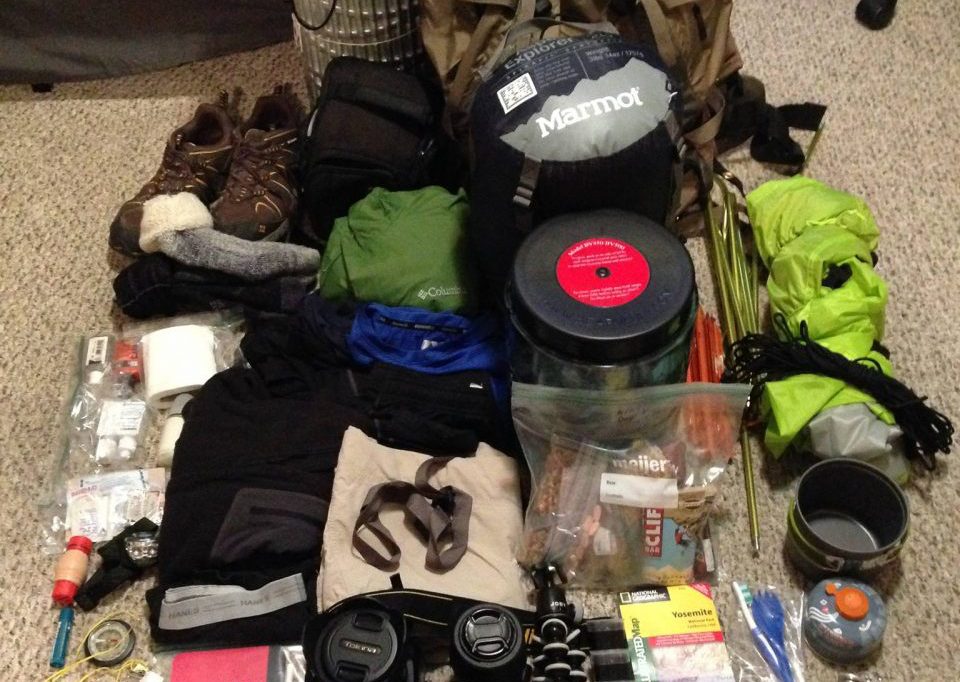
Look for a lightweight tent that can easily fit into your backpack.
Opt for a tent that comes with a compression sack for easy storage.
Weather Resistance:
Ensure that the tent is designed to withstand various weather conditions, including rain, wind, and snow.
Look for a tent with a waterproof rainfly and a sturdy construction.
Interior Space:
Consider the number of people who will be using the tent and the amount of gear you will need to store.
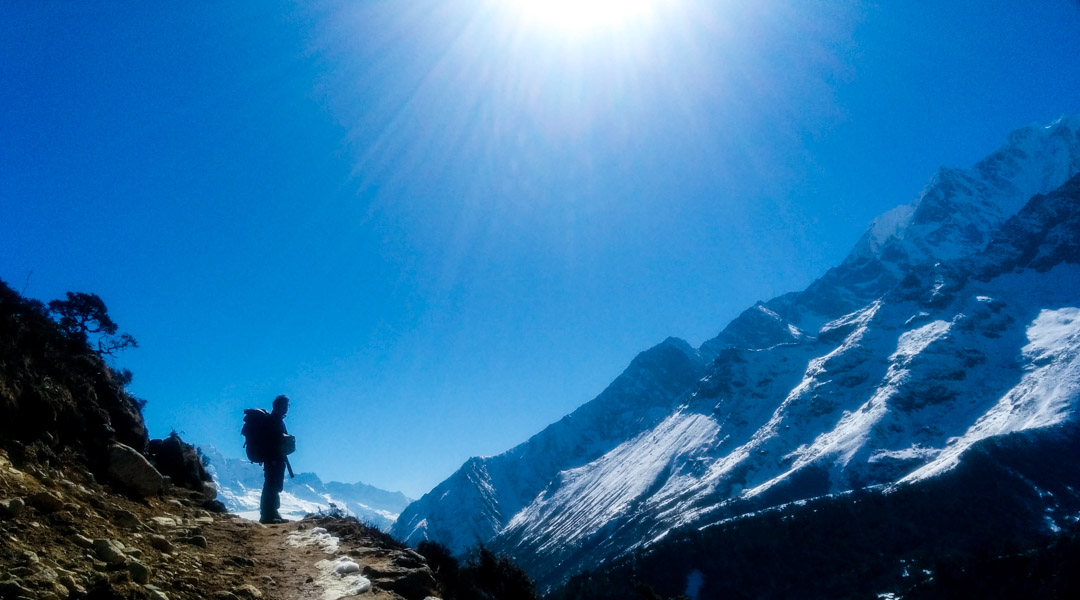
Look for a tent with a spacious interior and enough headroom for comfortable movement.
When comparing a backpacking tent to a bivy sack, keep in mind that a tent provides more space, protection, and comfort. A bivy sack is lighter and more compact but offers less room to move around and store gear. Ultimately, the choice between a tent and a bivy sack depends on your personal preferences and the specific conditions of your backpacking trip.
Hammock Vs Tent?
The comparison of shelter options between a hammock and a tent is a crucial consideration for backpackers.
When it comes to comfort, hammocks offer a unique experience. They provide a gentle swinging motion that can help you relax and sleep better. Hammocks also allow you to sleep off the ground, away from rocks and uneven terrain, providing a more comfortable sleeping surface.
However, when it comes to weather resistance, tents take the lead. Tents are designed to withstand various weather conditions, including rain, wind, and snow. They offer better protection against the elements and provide a secure and dry space to retreat to.
Ultimately, the choice between a hammock and a tent depends on personal preference and the specific conditions you expect to encounter during your backpacking trip.
Frequently Asked Questions
How Do I Choose the Right Backpacking Gear for My Trip?
When choosing backpacking gear for your trip, consider factors such as durability, weight, comfort, and functionality. Research reputable backpacking gear brands and read reviews to ensure you select the right equipment for your needs.
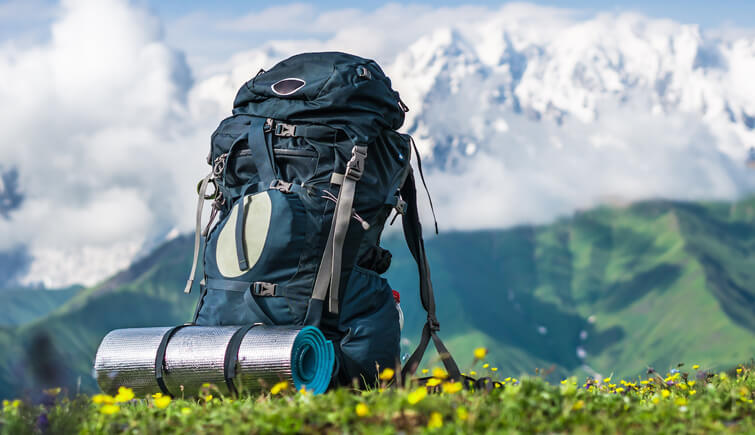
Are There Any Specific Hydration Systems You Recommend for Backpacking?
When it comes to backpacking, choosing the right hydration system is crucial. There are various options available, including hydration bladders and water filters. Each option has its pros and cons, and it's important to consider factors such as weight, ease of use, and water purification capabilities.
What Are Some Lightweight and Nutritious Food Options for Backpacking?
When planning for a backpacking trip, it is important to consider lightweight and nutritious food options. Dehydrated meals and trail mix are popular choices among backpackers due to their convenience, long shelf life, and ability to provide essential nutrients on the go.
What Safety Equipment Is Essential for Backpacking in Remote Areas?
Emergency communication equipment and wilderness first aid supplies are essential for backpacking in remote areas. These tools ensure the ability to call for help and provide essential medical care in case of emergencies, ensuring safety and peace of mind for outdoor enthusiasts.
How Should I Dress for Backpacking in Different Weather Conditions?
When backpacking in different weather conditions, it is important to dress in layers to maintain comfort and adaptability. Consider using fabrics like merino wool and synthetic materials that offer moisture-wicking and insulation properties.
 Liveaboard LifestyleTravel DestinationsExPat Places to LiveRV LifeDigital Nomad TravelPrivacy PolicyTerms And Conditions
Liveaboard LifestyleTravel DestinationsExPat Places to LiveRV LifeDigital Nomad TravelPrivacy PolicyTerms And Conditions
